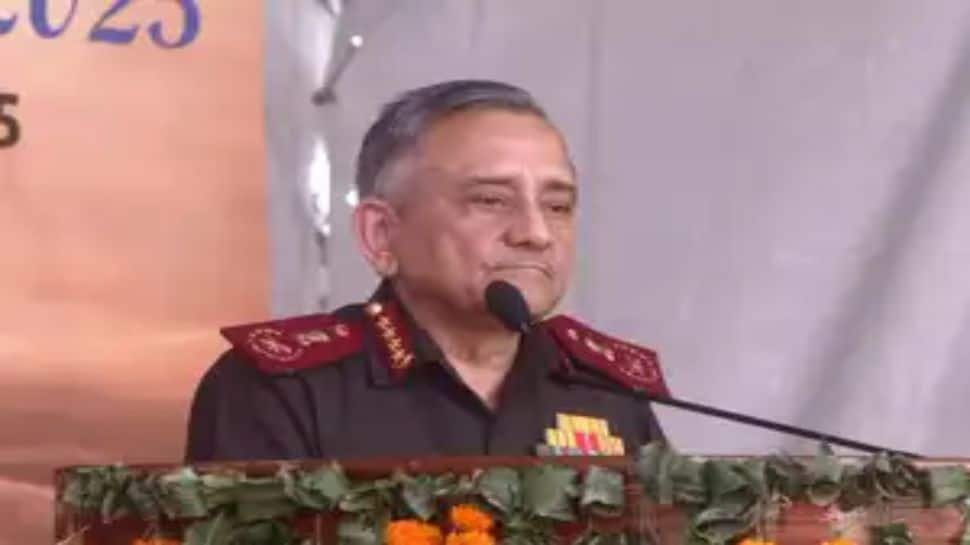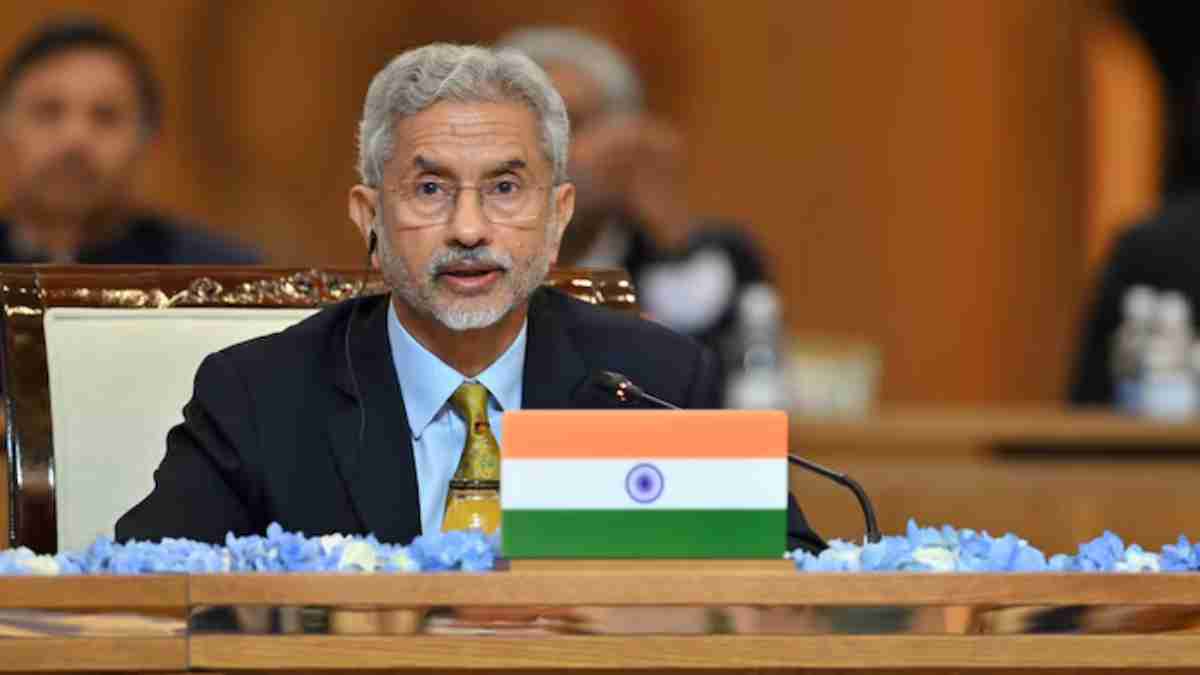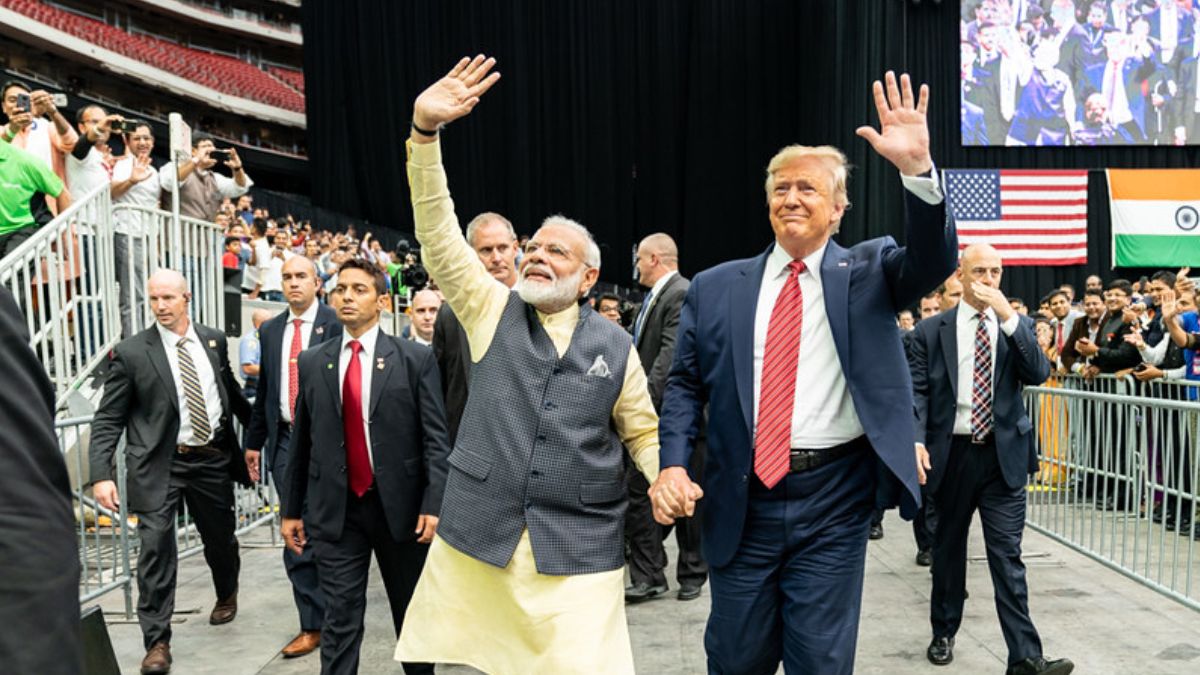Subscribe to Updates
Get the latest creative news from FooBar about art, design and business.
Browsing: Indo-Pacific
During the Quad Foreign Ministers’ meeting in Washington, External Affairs Minister S Jaishankar highlighted the South China Sea as a major concern…
Quad Nations Condemn Pahalgam Terror Attack, Urge Swift Justice and Global Anti-Terrorism Efforts
The Quad, comprising the United States, Australia, India, and Japan, issued a joint statement strongly condemning the terrorist attack in Pahalgam, Jammu…
During a Quad Foreign Ministers’ meeting in the US, India’s External Affairs Minister Dr. S. Jaishankar emphasized the need for the world…
White House Highlights India’s Strategic Importance in Indo-Pacific, Trade Deal Progresses
During a recent press briefing, White House Press Secretary Karoline Leavitt emphasized India’s crucial role as a strategic ally in the Indo-Pacific…
External Affairs Minister S Jaishankar will travel to the United States from June 30 to July 2 to participate in the Quad…
The Taiwanese Ministry of National Defence (MND) announced the detection of 29 sorties of People’s Liberation Army (PLA) aircraft and 6 People’s…
US Admiral Warns of China’s Aggression in Indo-Pacific, Highlighting Risks to Regional Peace
Admiral Stephen Koehler, Commander of the US Pacific Fleet, has warned that China’s assertive actions and unlawful claims in the Indo-Pacific region…
Admiral Stephen Koehler, Commander of the US Pacific Fleet, has warned of the potential risks to regional peace and stability posed by…
Prime Minister Narendra Modi held a meeting with Canadian Prime Minister Mark Carney on the sidelines of the G7 Summit. This marked…
During the G7 Summit held in Alberta, Prime Minister Narendra Modi and Canadian Prime Minister Mark Carney convened to address the diplomatic…













